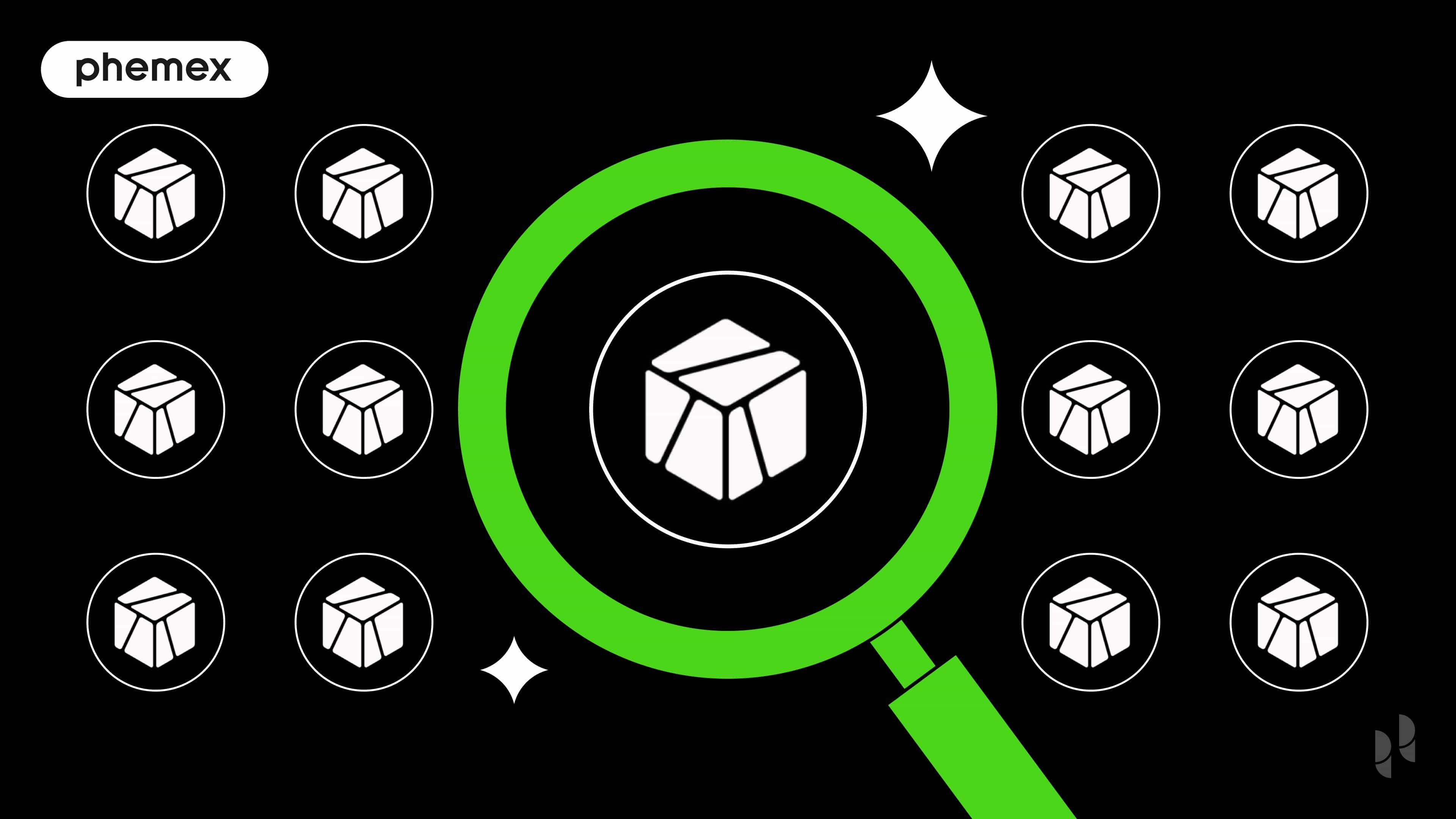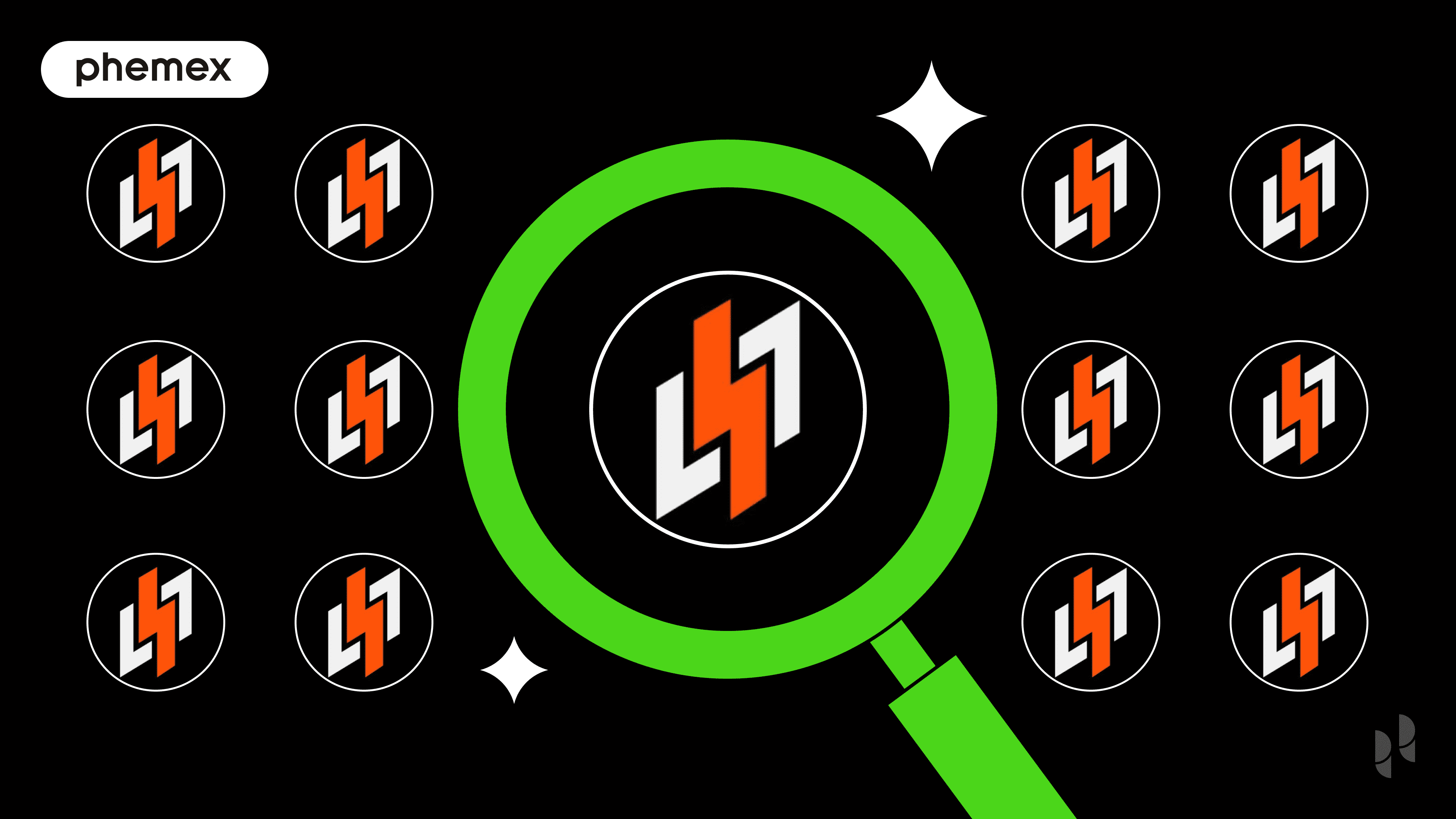Since 2008 when Satoshi Nakamoto first published the Bitcoin whitepaper, BTC has become the cornerstone of the verifiable web and catalyzed the emergence of the entire blockchain industry. It introduced the concept of decentralized networks via the blockchain and still today maintains its position as the largest cryptocurrency by a wide margin. Despite its success, Bitcoin’s expansion has been hindered by scalability limitations which are manifested in elevated transaction fees and network congestion. When new innovations like ordinals are uncovered, the rush of activity often becomes prohibitive for the network. To solve such issues, developers are working on layer-2 networks for Bitcoin despite the fact that the network has not originally supported smart contracts.
What are Layer 2 Networks for Bitcoin?
It’s important to note that while scalability challenges have constantly plagued Bitcoin, this is more of a “feature” than a “bug.” After all, the Bitcoin network’s simplicity and its focus on serving as a global, censorship-resistant, decentralized currency are key factors in its unparalleled security and resilience.

Bitcoin Layer 2 solutions are protocols designed to enhance the scalability of the Bitcoin network by increasing transaction efficiency. These systems process transactions off the main blockchain, alleviating congestion and lowering fees. They utilize Bitcoin as the gas token for operations and rely on the Bitcoin blockchain for final settlement, ensuring security and decentralization while improving performance. Layer-2 networks employ diverse methods to enhance scalability, but they share a common requirement: when settling transactions on the base chain, they must submit cryptographic proof to verify the integrity of the proposed state changes. This proof can be provided either proactively or after the fact, ensuring the blockchain maintains trust and accuracy in recording updates.
The typical crypto enthusiast may be much more familiar with layer 2 networks for the Ethereum network, but there are several differences between scaling solutions for ETH and BTC. While Ethereum Layer 2 projects primarily aim to enhance network efficiency, Bitcoin Layer 2 initiatives serve a dual purpose. Beyond scaling Bitcoin’s transaction throughput, they also expand its functionality by enabling new applications. Unlike Ethereum, Bitcoin lacks a native virtual machine, but its Layer 2 projects are building execution layers that incorporate virtual machines—some even compatible with Ethereum’s EVM. This innovation grants the Bitcoin network an indirect virtual machine capability, unlocking smart contracts and advanced applications typically associated with next-generation blockchains.
Types of Bitcoin Layer 2 Protocols
State Channels - State channels allow users to avoid high transaction fees by conducting transactions offchain. In this type of layer 2 setup, two parties lock a specific amount of Bitcoin into a multisignature address to facilitate payments between themselves. All transactions within the channel are recorded internally and only finalized when the channel is closed, at which point the final state is signed and broadcast to the Bitcoin blockchain. By keeping transactions offchain and only reporting opening and closing balances to the Bitcoin network, state channels enable participants to transact without incurring mainnet fees for each individual payment.

Rollups - Layer 2 rollups shift transaction execution and data storage off the main Bitcoin blockchain to a separate rollup chain or layer, while still relying on Bitcoin for data availability and consensus. This technology works by executing transactions on the rollup chain, compressing the data, and anchoring it to the Bitcoin mainnet. Instead of submitting transactions directly to the Bitcoin blockchain, users send them to the rollup chain. Once a batch of transactions is processed offchain, the rollup compresses the data into a compact cryptographic proof or commitment, summarizing the net effect of all transactions. This proof is periodically submitted to the Bitcoin blockchain as a single transaction, where a verification mechanism validates and applies the changes represented by the rollup proof.
Sidechains - A sidechain is a standalone blockchain with its own consensus mechanism, linked to Bitcoin through a two-way peg that enables the transfer of assets or balances between the two networks. While many sidechains use Bitcoin as their primary currency, they can also create and issue their own native tokens.Because they act as independent networks, sidechains can provide faster transaction speeds and support advanced features like smart contracts. They are not always classified as true Layer 2 solutions because transactions are not inherently verified by the Bitcoin network. However, some sidechains may leverage Bitcoin’s security or periodically settle transactions on the main chain to enhance trust and interoperability.
Leading Bitcoin Scaling Solutions
Right now perhaps the most well-known Bitcoin scaling project is the Lightning Network. As a state channel-based Layer 2 solution, the Lightning Network processes transactions between two parties offchain, creating a separate layer composed of nodes running Lightning software and connected wallets. For each transaction session, a new channel is established by locking Bitcoin into a multi-signature address. Parties conduct transactions using the funds in this address, with the Lightning Network software dynamically rebalancing the wallets. This system enables an unlimited number of transactions at the cost of just one on-chain fee, thereby reducing costs and enabling high throughput transactions.

Another well-known Bitcoin layer 2 protocol is Stacks. This is a semi-independent Bitcoin sidechain that operates with its own consensus mechanism, Proof of Transfer (PoX), which combines elements of Proof of Stake and Proof of Burn, linking Bitcoin miners with users on the Stacks Network. In essence, the Stacks Network does not settle transactions directly on the Bitcoin blockchain. Instead, it leverages Bitcoin miners to validate transactions on its own layer, effectively expanding its validator pool. Stacks also features a bridge that facilitates BTC transfers between its network and the Bitcoin blockchain, with bridged BTC represented as SBTC. This setup enables advanced smart contract functionality and supports decentralized applications and smart contracts on the Stacks network itself.








